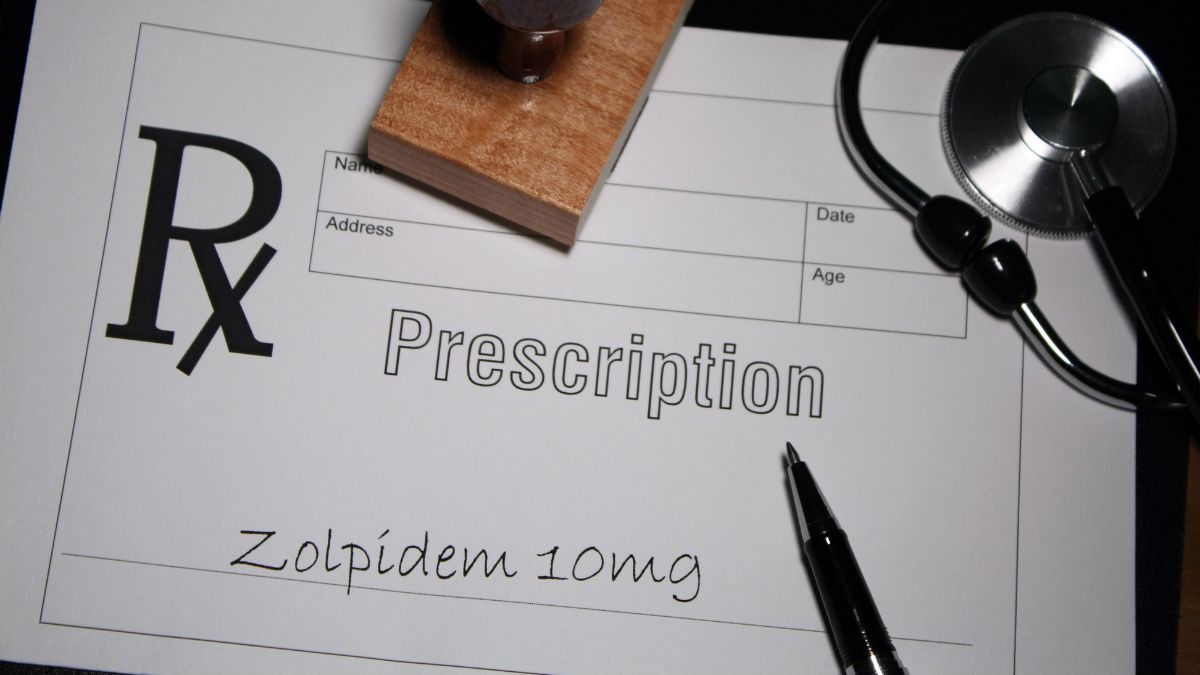The question of how long MDMA lasts in a person’s body depends on a broad range of factors that are unique to the individual taking the drug. The chemical composition, dosage, and route of administration of the drug itself are also crucial factors that affect how long the drug stays in a person’s system. Ultimately, however, how long MDMA lasts in a person’s system is a difficult question, because even when the effects of MDMA have faded away, the drug continues to have long-term impacts on a person’s health, life, and mental state.
What is MDMA?
MDMA stands for 3,4-methylenedioxy-methamphetamine. It is a synthetic drug that affects perception and mood. MDMA is in many respects similar to stimulants, including prescription stimulants like Adderall and Vyvanse, because it increases a person’s energy and sense of focus on the present moment.
MDMA is also similar to hallucinogens like psilocybin mushrooms and LSD (lysergic acid diethylamide), because it distorts a person’s sense of time, their sensory perceptions, and increases feelings of emotional warmth.
Ultimately, the main experience people report when taking MDMA is a sense of warm connection to others and strong feelings of pleasure.
Common street names include:
- Ecstasy
- Molly
- E (Ecstasy)
- Adam
- Roll
- Love Drug
- Mandy
How Do People Take MDMA?
Here are the common ways people take MDMA:
- Orally (Pill or Capsule)
- Crystalline (Molly)
- Snorting
- Plugging (Rectal Administration)
- Dissolving in Liquid
- Vaping (Less Common)
- Combination with Other Substances like alcohol, cannabis, or cocaine to alter or enhance its effects. However, this increases the risk of adverse effects.
Each method has its own onset time, intensity of effects, and risks associated with it.
Call Design for Recovery to Begin Your Healing Journey!
Reach out to our team to discuss sober living options and next steps toward a healthier routine.
How Does MDMA Affect the Body?
MDMA’s effects on the body can be intense and vary depending on the dose, the user's physical condition, and the environment in which it's taken. Some of these effects are:
- It raises heart rate and blood pressure, posing risks for cardiovascular health.
- It boosts serotonin, creating feelings of euphoria, empathy, and emotional connection.
- Users often experience heightened senses, such as more vivid colors and intensified sounds.
- It can significantly raise body temperature, especially in crowded or active environments, which can lead to hyperthermia.
- It causes dehydration, especially with increased activity, and can disrupt electrolyte balance.
- Common side effects include jaw clenching and muscle tightness.
- Some people experience nausea or gastrointestinal discomfort.
- It affects motor skills and decision-making, increasing the risk of accidents.
- Aftereffects include feelings of fatigue, depression, and irritability.
- Frequent use can damage serotonin-producing neurons, affecting mood and memory, and causing cognitive impairment.
How Long Does MDMA Stay in Your System?
The detection window for MDMA depends on the method of testing, frequency of use, and individual characteristics like metabolism and body composition.
The short-term effects of MDMA last approximately 3 to 6 hours after a person takes the drug. However, it is important to note that it is common for users to take a second dose as soon as the effects of the first dose begin to wear off. Some people even take third or fourth doses to ensure a continuous MDMA high. As such, the length of an MDMA high is very much determined by the actual behavior of the person taking the drug. Individuals who are taking MDMA at a “molly party” or at a dance club are likely to take multiple doses because they are seeking a specific experience.
When MDMA is combined with other substances, these withdrawal effects are often more severe. They are also more likely to include other symptoms as well, some of which can be life-threatening, especially when MDMA is combined with alcohol or benzodiazepines.
What are MDMA Detection Windows?
There are a number of different drug tests that can be used to measure the presence of MDMA, ecstasy, or Molly in a person’s body. MDMA can be detected in the body for different lengths of time depending on the testing method and individual factors.
In urine tests, MDMA is typically detectable for 1-3 days after use, while in blood, it can be detected for up to 1-2 days. In saliva tests, MDMA may show up for 1-2 days, and in hair tests, it can be detected for up to 90 days. Detection time can vary based on metabolism, frequency of use, and dosage.
To get more information, check out: How Drug Tests Detect MDMA: What to Expect
What are the Long-Term Risks of MDMA Use?
Most people who abuse MDMA do so regularly. When MDMA abuse is incorporated into a person’s lifestyle, the result is that MDMA is always in their system. MDMA is unique in that the chemical byproducts of the drug interfere with the body’s ability to metabolize it. This means that regular MDMA users need to wait for their bodies to recover before they can abuse the drug again.
Dangers associated with long-term MDMA usage include:
- Depression
- Anxiety
- Impaired attention
- Impaired memory
- Irritability
- Aggression
- Sleep disturbances
- Lack of appetite
Studies have shown that both males and females who abuse are far more likely to engage in risky sexual behaviors, which range from having unprotected sex to sexual assault. The result can be trauma, pregnancy, and a higher likelihood of contracting a sexually transmitted infection (STI).
Contact Design for Recovery Today!
Fill out our quick form to connect with a peer mentor and learn how our sober living community supports accountability, structure, and personal growth in recovery.
Can You Overdose on MDMA?
MDMA by itself rarely leads to life-threatening overdoses. However, that does not mean that MDMA abuse cannot be fatal. In fact, MDMA often does lead to acute adverse health effects. When people take too high a dosage, they can experience high blood pressure (hypertension), faintness, panic attacks, and even loss of consciousness and seizures. For individuals who are already in poor health, these effects can be potentially life-threatening.
Individuals who drink plenty of liquids to compensate for their intense physical activity on MDMA actually increase the likelihood of a deadly electrolyte imbalance. When hyperthermia is not treated by medical professionals immediately, this kind of MDMA “overdose” can be quite fatal.
What is the Half Life of MDMA?
The half-life of MDMA is generally eight hours. Half-life refers to how long it takes for 50% of a drug to be metabolized and processed by a person’s system. The second half usually takes a bit longer. In fact, 40 hours is the length of time it typically takes a person to metabolize 95% of their MDMA dose.
What Happens During MDMA Withdrawal?
MDMA, when used regularly or in high doses, can lead to withdrawal symptoms as the body adjusts to the absence of the drug. Since MDMA affects serotonin levels in the brain, withdrawal can involve both physical and psychological symptoms. Here’s what to expect:
Physical Symptoms:
- Fatigue: One of the most common physical symptoms. MDMA depletes serotonin levels, and once it leaves the system, users often feel drained and exhausted.
- Loss of Appetite: The disruption of serotonin can affect appetite regulation, leading to a lack of interest in food.
- Muscle Aches: Muscle soreness, particularly in the jaw, neck, and back, can occur as a result of the muscle tension associated with MDMA use.
- Insomnia: Difficulty sleeping is common, as MDMA stimulates the central nervous system, which can disrupt normal sleep patterns.
- Headaches: Users may experience headaches as the body processes the drug and recovers from the disruption caused by its effects.
Psychological Symptoms:
- Depression: A sharp drop in serotonin can lead to feelings of sadness, hopelessness, and low mood, making users feel disconnected from their normal emotional state.
- Anxiety: Feelings of unease, nervousness, and even panic attacks are common due to the chemical imbalance caused by MDMA use.
- Irritability: Users may feel agitated or easily frustrated, which can interfere with daily activities and relationships.
- Cravings: A strong desire to use MDMA again can arise, as the brain may seek to regain the feelings of euphoria it experienced during use.
Getting Help for MDMA Addiction
Design for Recovery, a sober living home located in West Los Angeles, is the ideal place for young men who are struggling with MDMA abuse or addictions to other substances. At our safe, comfortable, trigger-free house, residents work daily to stay sober and develop new tools and ways of coping with difficult situations. One of the most important aspects of our sober living home is the social support community that residents develop there. Addiction can be an isolating disorder, and for many residents, being able to meet others who have been through similar struggles can be deeply healing. Moreover, studies on sober living homes have shown that the support systems people develop there decrease their chances of relapsing over the long term. Ultimately, at Design for Recovery, residents work not only to stay sober but to develop happy, full, and meaningful lives in sobriety.
If you are ready for a new way of life, you don’t need to struggle alone. Reach out to Design for Recovery today.
- What is MDMA?
- How Do People Take MDMA?
- How Does MDMA Affect the Body?
- How Long Does MDMA Stay in Your System?
- What are MDMA Detection Windows?
- What are the Long-Term Risks of MDMA Use?
- Can You Overdose on MDMA?
- What is the Half Life of MDMA?
- What Happens During MDMA Withdrawal?
- Getting Help for MDMA Addiction







Written By
David Beasley